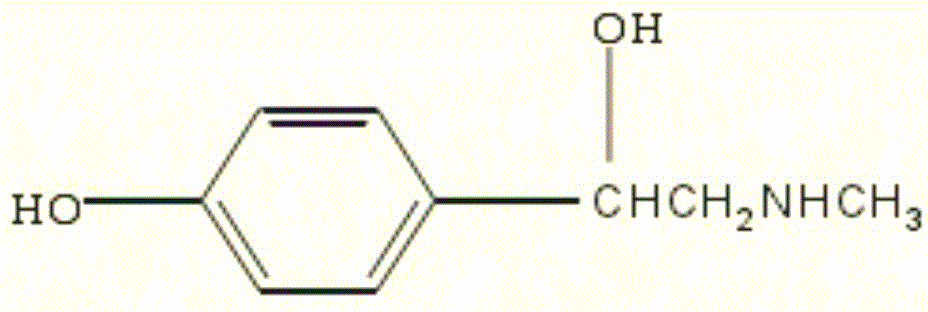Method for preparing pectin coproduced with synephrine from citrus fruit processing residues
A technology for processing residues and citrus, applied in the field of pectin co-production synephrine, to achieve the effects of avoiding waste of resources, improving efficiency, and reliable methods
- Summary
- Abstract
- Description
- Claims
- Application Information
AI Technical Summary
Problems solved by technology
Method used
Image
Examples
Embodiment 1
[0028] After the citrus fruit processing residues are pretreated to eliminate enzymes and impurities, the pretreated raw materials are obtained for later use; to obtain 50g of pretreated raw materials, add distilled water according to the ratio of material to liquid 1:25, and then add 200ml of 95% ethanol , heated to 90° C., extracted for 1.5 h, and then centrifuged with a centrifuge at a speed of 4200 r / min for 20 min, and the obtained centrifugate became filtrate I. The filter residue is crushed into 60 mesh with a plant grinder, and distilled water is added according to the material-liquid ratio of 1:20-30, and the pH is adjusted to 1.9 with hydrochloric acid, and it is left to stand for 3 hours, and then centrifuged with a centrifuge at 4200r / min for 20 minutes, and the centrifuged upper The clear filtrate was concentrated in vacuo, added 5 times the volume of 95% alcohol, and left for 3 hours to produce a large amount of precipitation. The above static liquid was centrifug...
Embodiment 2
[0030] A method for preparing pectin co-production synephrine from citrus fruit processing residues, comprising the following steps:
[0031] (1) The processing residues of citrus fruits were rinsed three times in warm water at 55°C, and then heated to 95°C for 20 minutes to inactivate pectinase; then rinsed three times with warm water at 55°C to further wash away impurities, Dried and crushed to 80 meshes, the pretreated raw materials were obtained for future use.
[0032] (2) Add distilled water and 5 times the amount of ethanol with a concentration of 95% to the pretreated raw material according to the ratio of material to liquid 1:30, heat to 60°C, extract for 2 hours, and obtain the leaching extract;
[0033] (3) centrifuging the above-mentioned leaching extract to obtain filtrate I and filter residue;
[0034] (4) Dry the filter residue obtained in the above steps, crush it to 60 mesh, add distilled water according to the ratio of material to liquid 1: 30, adjust the pH...
PUM
 Login to View More
Login to View More Abstract
Description
Claims
Application Information
 Login to View More
Login to View More - R&D
- Intellectual Property
- Life Sciences
- Materials
- Tech Scout
- Unparalleled Data Quality
- Higher Quality Content
- 60% Fewer Hallucinations
Browse by: Latest US Patents, China's latest patents, Technical Efficacy Thesaurus, Application Domain, Technology Topic, Popular Technical Reports.
© 2025 PatSnap. All rights reserved.Legal|Privacy policy|Modern Slavery Act Transparency Statement|Sitemap|About US| Contact US: help@patsnap.com

